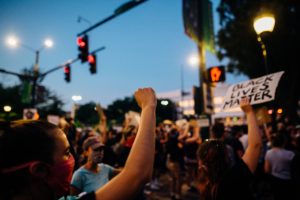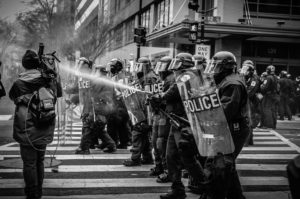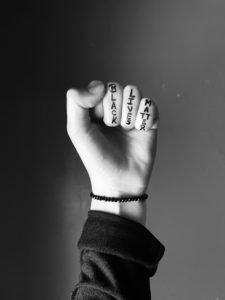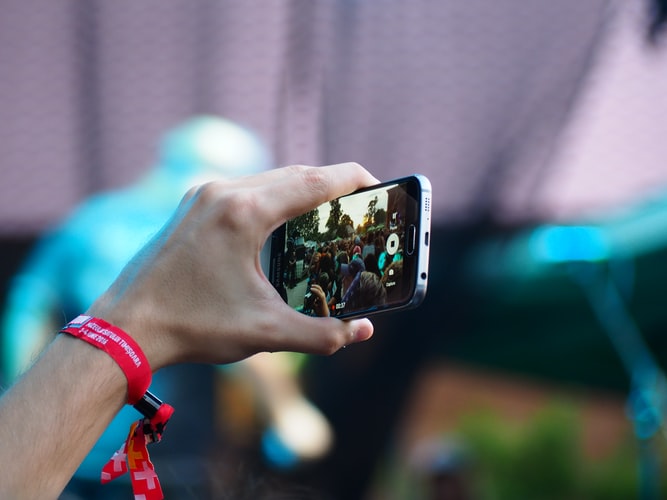Looking for a way to capture and share experiences without relying on word of mouth testimonies? Filming experiences can be a useful tool to preserve encounters and accurately share accounts of events that impact a case for justice.
To support Americans in standing up for the Black community’s rights, freedoms, equity and inclusion, we’ve curated this resource to keep social advocates informed and safe when protesting or witnessing a potential act of injustice.
Know Your Rights
The right to record police is a critical “check and balance” opportunity extended to those living in a democratic society. All American citizens have a First Amendment right under The Constitution to photograph and film anything visible in public spaces. This right includes law enforcement and government officials, so long as you do not interfere with them. If a police officer asks you to stop filming, you can assert your right to film under the First Amendment, if you feel comfortable to do so. Bear in mind that whether or not you are interfering with authorities is up to the discretion of the police.
Tips for Filming Safely
Comply with orders. Because police determine whether or not you are interfering with them, it’s important to comply with orders to back up. For example, if an officer asks you to move back, move back, and as you move backward, you can film your feet backing up.
Keep a safe distance. In general, you should be a safe distance of at least 6 feet, which is an especially important protocol during COVID-19. You can also film critical footage from a balcony, window, or rooftop that is safe to be on top of and allows people on.
Aim to deescalate the situation. Communicate with both the detained person and the police officer. You can say things to the person stopped such as “I’m here for you,” or “I’m right here.” When speaking to the officer you can say, “I’m complying with orders to backup,” or “I’m here to advocate, not interfere.”
Send someone a text if you are alone. If you are detained for recording an interaction, it’s helpful to have someone know your whereabouts.
Secure Your Footage
Get a full shot of the scene. For best practices, avoid zooming in on the officer’s face. If you do not have a full shot of the entire scene at all times, you might miss something critical.
Thoroughly document the video. Be sure to narrate the time, date, location, and identity of the officers. Be careful not to talk over key parts of the audio or what the officers are saying, as that information might be useful later.
Lock your phone with a passcode. Locking your phone ensures that your recording is secure and untampered with.
Download apps that assist in recording police. The Stop and Frisk Watch application by the New York Civil Liberties Union (NYCLU), and similar app Mobile Justice by the American Civil Liberties Union (ACLU), help document police by automatically sending your videos to local ACLU chapters to prevent illegal video confiscation from police enforcement. Other helpful resources are Google Photos, Google Drive, or Dropbox; these applications allow you to automatically upload your images and recordings to the cloud.
Be Sensitive About Posting
Please use your best judgement when deciding what recordings you post to social media. While posting videos sheds light on potential unlawful police behavior, it can also contribute to trauma for people. On one hand, video of enforcement practices validates the Black community’s concerns, but on the other, it can be used to re-victimize those who have experienced these hardships. Please weigh this pro and con before posting.
The key takeaway is to know your rights, and stay safe! We encourage all Americans to use your rights and freedoms to support the Black community. We hope you remember these tips as we all continue our journey of taking action that leads to lasting change.

